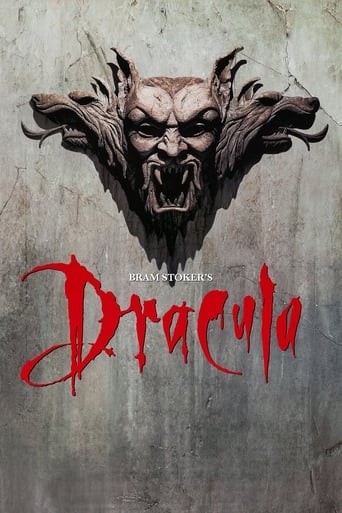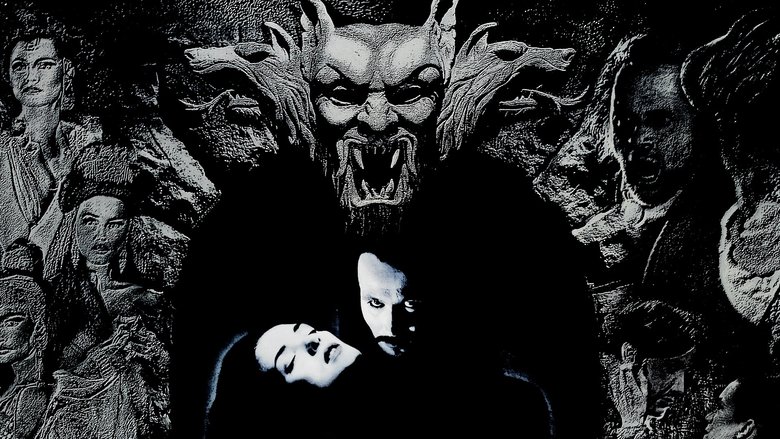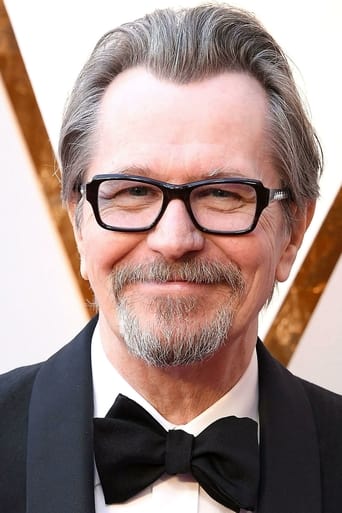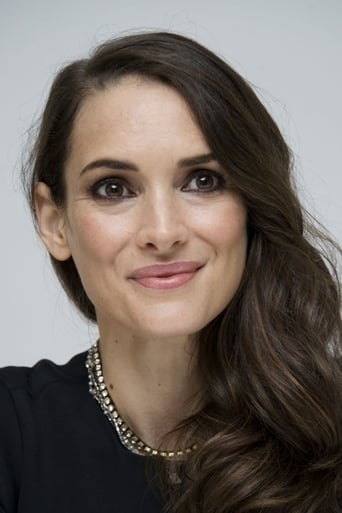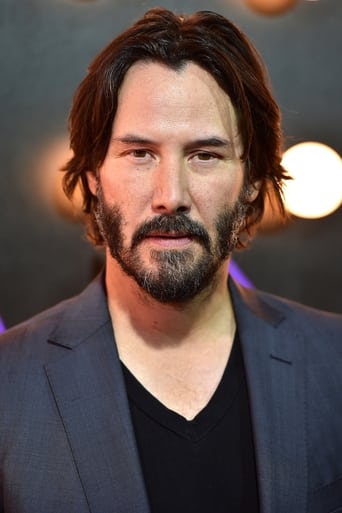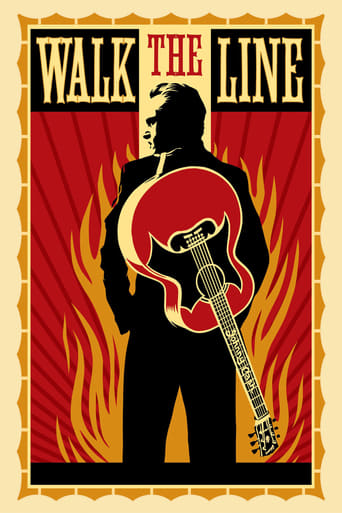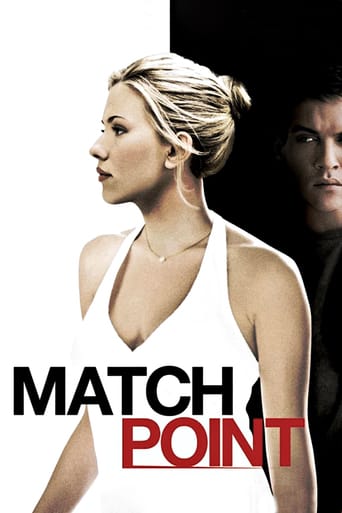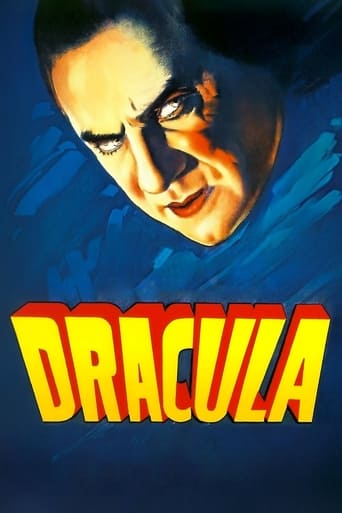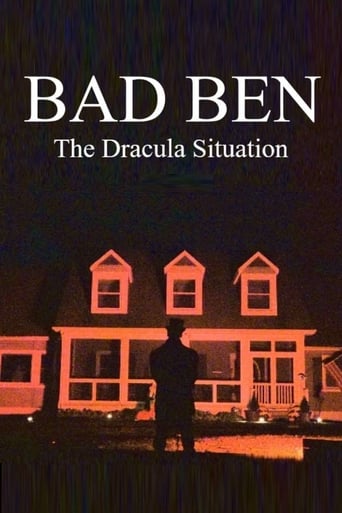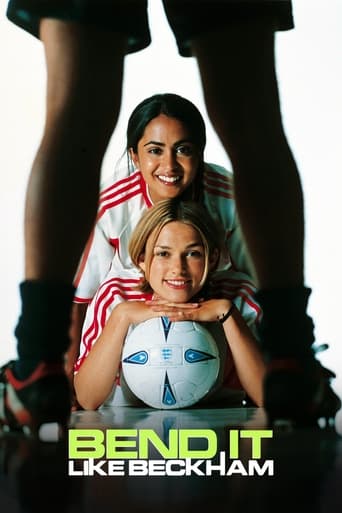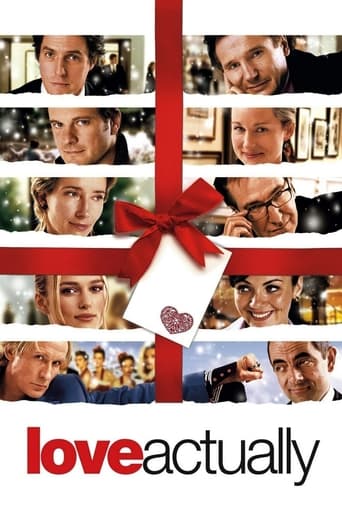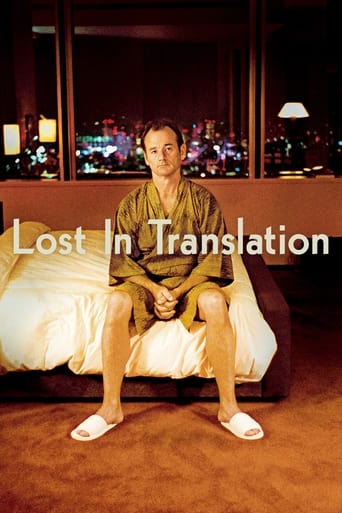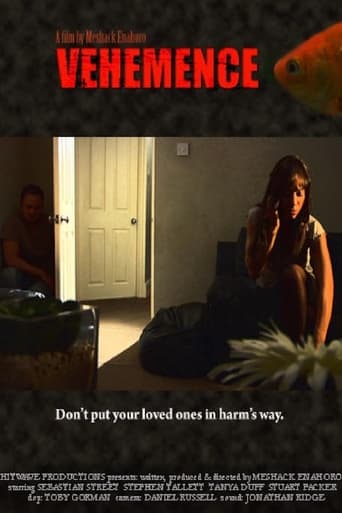Bram Stoker's Dracula (1992)
In the 19th century, Dracula travels to London and meets Mina, a young woman who appears as the reincarnation of his lost love.
Watch Trailer
Cast


Similar titles
Reviews
Dracula was disappointing. The filmmakers spend so much time focusing on visual effects (which were impressive), that other areas of the movie suffer. Most of the performances are either flat (*cough*Keanu*cough*) or over the top, and the film itself seems disjointed. Call me old fashioned, but I prefer Tod Browning's Dracula or F.W. Murnau's Nosferatu to Coppola's attempt at Bram Stoker's novel.
Caught this on Netflix the other day and donno what audiences at the time felt, but in 2018 this feels pathetic. Watching Gary Oldman in the first scene, I thought this was definitely a parody and then when I heard Keanu Reeves, was sure this was gonna be a hoot. Nope. Not even close. It is also not dark or intriguing. Looks like the actors signed on to work with the famed director and paid no attention to the script and totally hammed it up in whatever horrible acents they could do. A large part of the blame must go to the adapter of the novel - you cannot just throw in your own fantasies and gratuitous sexual content (like writhing women in silk à la Ghostbusters only with loads of women whose tops are off, beasts in disgusting acts). Adding explicit sexual content or meaningless "layers" to characters that are not in the original (like making Dracula some sort of hot bad boy that women are attracted to), you are only cheapening the source material, not making it contemporary. When you add something to existing source material, it should be in tone with the rest of the content, respect the characters for what they are and also be in tune with the time period. In this film, Dracula is reduced to a poor confusing joke and Mina - what is really going on with her? Don't even get me started on Van Helsing.With a runtime of 2+ hours, it is way too long for this borefest but still seems like everything was rushed. For a big studio film, couldn't they atleast spend some money on getting the blood right?
What Dario Argento's Suspiria did for witches, and what Nobuhiko Obayashi's House did for haunted houses, Francis Ford Coppola's Dracula does for the titular vampire: create a film as large as the myth itself. Dracula is a character immortalized in pop culture, born out of the 1897 novel by Irish author Bram Stoker and adapted into a string of acclaimed films, including the 1922 German adaptation Nosferatu from German expressionist F.W. Murnau, Tod Browning's 1931 American adaptation that would launch actor Bela Lugosi to icon status with his performance as the Count, and the beloved Hammer Films series of Dracula pictures starting with 1958's Horror of Dracula, starring the marvelous Sir Christopher Lee as the Prince of Darkness. But what set's Coppola's take on the character apart from the previous is how he approaches the material.1992's Dracula focuses on a different kind of Count, an amalgamation of Stoker's creature of the night and the historical figure of Vlad the Impaler, from which much of vampire myth stems. This Dracula, portrayed with a chilling passion by Gary Oldman, is a man whose wife killed herself believing that he had died in battle. When he finds his beloved, he renounces his Christian faith and soon becomes the vampire we all have come to know. The story from there is your rudimentary take on Bram Stoker's tale. In this case, a lawyer by the name of Johnathan Harker, played by Keanu Reeves, is brought to the home of Count Dracula. Harker is trapped by the Count and, inspired by the likeness between Harker's beloved, Mina, played by Winona Ryder, and his own former wife, Elisabeta. In London, the ancient creature wreaks havoc and sucks the life out of Mina's close companion, Lucy Westenra, portrayed playfully by Sadie Frost. This brings everyone together to battle the vampiric menace, including the iconic Abraham Van Helsing, played with fantastic enthusiasm and dryness by Sir Anthony Hopkins.To say James V. Hart's script is the heart of the film would be a bit of a disingenuous claim. While Hart crafts a unique version of the tale of Count Dracula, one drenched in eroticism and Gothicism, and one that is very creative in crafting a more complex version of the Count, it simply isn't the sharpest tool in Coppola's shed. It serves in organizing the film and the events of the story well enough, and there are a lot of great bits of character writing, particularly for the character of Dracula, creating a tragic figure that isn't as contrived as what one would expect, and even one whom you can be as charmed and moved by as with Lugosi or Lee. But it does get rather confusing in its narrative progression, but that comes with the more expressionistic approach Coppola sought to take, one favoring extremes to illicit emotional responses rather than tighter writing. The actors and actresses all play their parts with a great level of investment and enthusiasm, safe for two. And yes, it is our two leads. Oldman, Hopkins, Frost, and the rest of the ensemble are all enveloped by the material and sets, they are the characters. But in the case of Ryder and Reeves, they seem like they're sleepwalking through the film. Their performances are a hair subdued, and it doesn't work in favor of the operatic heights everything else is reaching. The score explodes with dark bombast, the lighting burns a fiery red, everyone around them acting like it's a glorified Mario Bava film produced by Hammer, and you have two wooden boards walking amongst it all. Ryder does fair better though, thanks to her chemistry with the young Count and her role in the film's finale, giving her some of her best scenes. And to be fair, Reeves's first scene with Dracula's brides is terribly effective, in part due to his performance. But on the whole, there is no real damage done knowing where the heart of the film truly lies. And that place is in the production itself.I associate Coppola's Dracula with the work of Argento and Obayashi's cult classic as these are dreamlike films, films that focus on creating a sensation, an emotion, and an impression, rather than tell a truly cohesive tale. And I support these efforts so long as they are committed to creating this dream, or nightmare as in the case of horror. And Coppola doesn't screw around when it comes to crafting this sensation. He guides everyone through the film through a combination of offset requests, such as having actors hanging out to improve their onscreen chemistry, and by emphasizing the surreal, expressionistic qualities of the material, with a parade of references to classic German expressionist films including Nosferatu and Faust, and even a nod to Danish director Carl Theodor Dreyer's 1932 horror film Vampyr. Coppola lets the camera linger on such baffling and grotesque imagery, including a bestial creature in two striking scenes with Lucy. He also builds up the presence of Dracula very well, particularly through the use of shadows and striking effects shots, such as Dracula's eyes being superimposed on a shot during Harker's journey to Transylvania. Thomas Sander's production design and Andrew Precht's art direction have been praised to the high heavens, and I'm joining the chorus on this one. If there was ever an apt description, it would be Mario Bava directing a Hammer horror film. The potent saturated colors of films like Blood & Black Lace are combined with the gloriously moody and macabre depictions of London and the Count's castle, as seen in the best of the Hammer library, to yield a powerful effect, a flooding of the senses that elevates the film well above other renditions of the tale. The award-winning costume design by Eiko Ishioka also fits in well, especially considering how it is stylistically reminiscent of costuming for traditional Kabuki theater. Dracula's look, notably the long cape seen early on in film, is a very extravagant piece of work that develops this massive personality and creates a sense of nobility that the Count maintains in his old age. All of this is captured by the expert lens of Michael Ballhaus, echoing his ability to film striking uses of color in his collaborations with Martin Scorsese such as The Color of Money and Goodfellas. But here, here it is above and beyond the call of duty. Like with the aforementioned Suspiria and House, the extreme saturation and creative lighting schemes are shot so elegantly with wicked Dutch angles and great tracking shots that further escalate the already operatic and unsettling atmosphere born out of the sets and the majority of the performances. The effects work, too, is another aid in creating this larger-than-life atmosphere surrounding the Prince of Darkness. Coppola sought to employ practical effects, with a heavy emphasis on miniatures, front projections, and gruesome makeup effects. This makes the film feel more like the expressionist films Coppola was inspired by, and creates a morbid fantasyland for the story of sensuality and horror to unfold. And then there's that score. Polish composer Wojciech Kilar brings a lush, ballsy gothic score to the film. Percussive, romantic, and explosive, this score completes the atmosphere by drenching the film in shower of robust choral passages, a yearning love theme that reaches for the heavens and carries with it a tinge of Bernard Herrmann's own gothic tendencies, and thunderous themes for the two warring forces of Dracula and the Vampire Hunters led by Van Helsing. It remains supremely effective and doom-laden effort that puts the final nail in the coffin in creating the ultimate opus of visual gothic horror.This film, in spite of its script sometimes seeming incoherent and the often-bland performance of its romantic leads, is a must see of modern expressionist horror. It explores stylistic excesses that have been the major appeals of German expressionism and Italian horror. It's unashamed focus on creating a glorified tragedy of the Dracula character is on full display through every element of the production in terms of the technical. It's stylized celebration of a character who had, for a time, been relegated to some objectively poor films throughout the mid-century. It will blow your mind with the scale and surreal scope of this masterful horror film from one of the great geniuses of the latter half of the 20th century. Highly recommended for fans of horror, of the Dracula character, of German expressionism, and of Francis Ford Coppola, for this film is just another example of the director's versatility in terms of genre.
I read the novel when i was a teenager and didn't hate it nor did i love it , it was a simple story monster causes trouble , he is surrounded by mystery , an old wise man knows him for what he is blah blah blah , it wasn't terrifying either though it sure has a certain amount of creepiness about it , the movie however is just pure unintentional comedy , Dracula here is an angst y love sick boy , he walks around either wearing giant buttocks on his head or as as very poor copy of John Lennon , he is looking for the love of his life reincarnated as as a bland bony girl with huge ears ( if you have big big ears cover them with your hair do not show them off ) , he speaks with long long pauses and his shadow dances around him completely independent of him ( some time around the middle of the movie the shadow retires and moves his happy ass back to Trrransilvvaania , we don't get to see him no more ) he follows his love around and tries to seduce her , and meanwhile makes a snack of her best friend and rapes her as well ,then goes back to his home and dies. This story is thrown at us as a love story but i didn't see love in one second of it , it was not even lusty it was just awkward and jerky with poor Gary Oldman trying and failing to pull a Russian accent.

